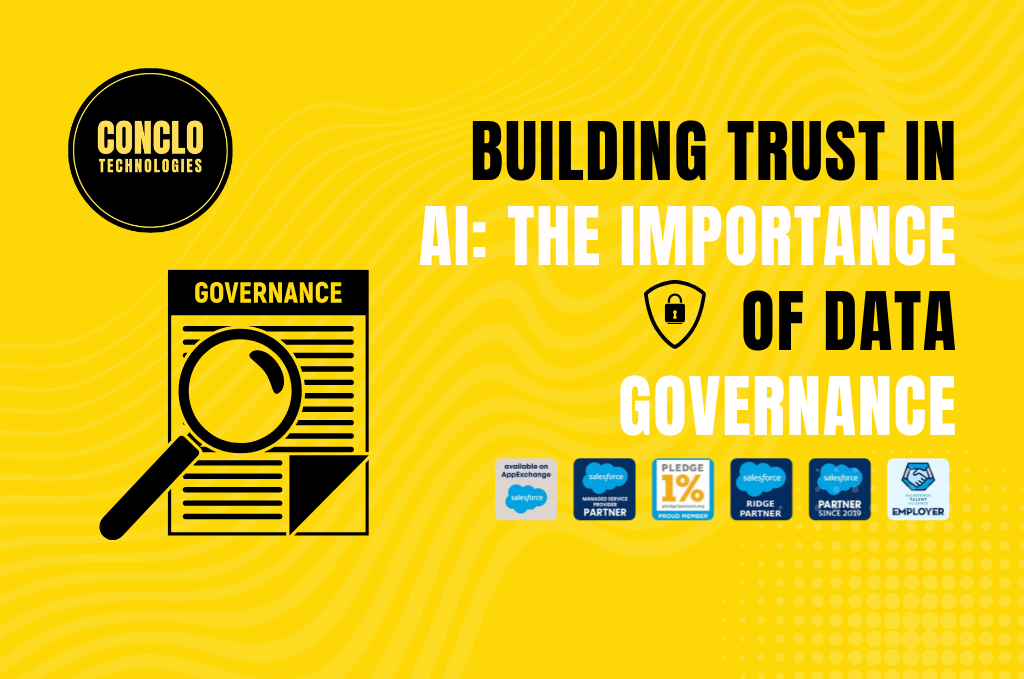Centralized privacy and compliance management simplifies this complex landscape. By consolidating processes for managing consent, data access, and retention policies, organizations can streamline compliance efforts. Automation plays a critical role here, enabling companies to monitor and enforce compliance rules in real time, flagging potential violations before they escalate.
This approach ensures not only adherence to legal requirements but also fosters transparency with stakeholders. Customers and regulators alike value companies that demonstrate proactive data governance, enhancing trust and credibility.
Ensuring Data Continuity for Business Resilience
AI’s effectiveness depends on consistent access to high-quality data. Any disruption—whether from system failures, cyberattacks, or human error—can compromise the reliability of AI-driven insights and operations. Ensuring data continuity is, therefore, a fundamental aspect of AI data governance.
Robust data backup and recovery processes are essential to maintaining business resilience. Regular backups, stored in secure, redundant locations, allow organizations to quickly restore critical datasets in the event of a disruption. Furthermore, maintaining a clear audit trail of data usage and modifications ensures that AI models can be retrained or adjusted as needed without starting from scratch.
Mitigating Bias in AI Systems
One of the most significant challenges in AI governance is addressing bias. Bias can enter systems through skewed datasets, flawed algorithms, or unchecked assumptions. Left unaddressed, bias can lead to discriminatory or unfair outcomes, damaging trust and potentially violating anti-discrimination laws.
To combat this, organizations should prioritize diverse and representative datasets. Regular audits of AI models for bias, coupled with explainable AI techniques, can help identify and address problematic patterns. Additionally, fostering a culture of accountability—where developers are encouraged to critically evaluate the ethical implications of their work—is key to reducing the risk of biased outcomes.
Building Accountability and Transparency
Transparency is a cornerstone of trustworthy AI. Stakeholders—including customers, regulators, and employees—need to understand how AI systems operate and make decisions. Without transparency, even well-functioning systems can be perceived as untrustworthy.
Organizations should document AI development and deployment processes, including data sources, model training methodologies, and decision-making criteria. This documentation not only supports transparency but also simplifies compliance with audits and investigations.
AI governance frameworks should also include mechanisms for monitoring and reporting on system performance. Dashboards and reports that highlight key metrics, such as accuracy,
bias levels, and data usage, empower stakeholders to assess the AI system’s impact and integrity.
Leveraging Automation in Governance
Automation is a powerful enabler of effective data governance for AI. By integrating automated tools into governance workflows, companies can:
- Monitor data usage in real time to ensure compliance with policies.
- Automatically flag anomalies or suspicious activities.
- Streamline data anonymization and masking processes.
- Facilitate periodic reviews of AI models for performance and ethical considerations.
These tools not only enhance governance capabilities but also free up human resources to focus on strategic initiatives rather than manual oversight.
The Role of Leadership in AI Data Governance
Implementing robust data governance requires strong leadership commitment. Executives and data stewards must champion governance initiatives, allocate resources, and set clear expectations for compliance and ethical AI development.
Leadership should also prioritize continuous education and training for teams involved in AI projects. By staying informed about emerging trends, regulations, and best practices, organizations can adapt their governance strategies to evolving challenges.
The Path Forward: Balancing Innovation and Responsibility
AI offers unparalleled opportunities for innovation, but these opportunities come with responsibilities. Effective data governance ensures that organizations can harness AI’s potential while safeguarding sensitive information, maintaining compliance, and fostering trust.
By focusing on securing sensitive data, centralizing privacy management, ensuring data continuity, mitigating bias, and leveraging automation, businesses can build AI systems that are not only powerful but also ethical and reliable. In doing so, they not only protect themselves from legal and reputational risks but also position themselves as leaders in responsible AI adoption.
In a world increasingly shaped by AI, data governance is not just a technical requirement—it’s a strategic imperative. Organizations that prioritize governance today will be better equipped to navigate the complexities of tomorrow, driving innovation while upholding the values of trust, transparency, and accountability.
Conclusion
AI offers unparalleled opportunities for innovation, but these opportunities come with responsibilities. Effective data governance ensures that organizations can harness AI’s potential while safeguarding sensitive information, maintaining compliance, and fostering trust.
By focusing on securing sensitive data, centralizing privacy management, ensuring data continuity, mitigating bias, and leveraging automation, businesses can build AI systems that are not only powerful but also ethical and reliable. In doing so, they not only protect themselves from legal and reputational risks but also position themselves as leaders in responsible AI adoption.
In a world increasingly shaped by AI, data governance is not just a technical requirement—it’s a strategic imperative. Organizations that prioritize governance today will be better equipped to navigate the complexities of tomorrow, driving innovation while upholding the values of trust, transparency, and accountability.



